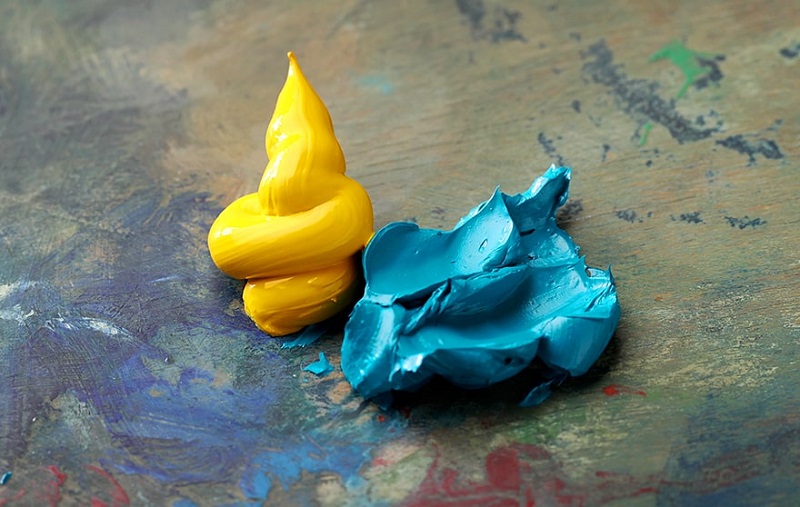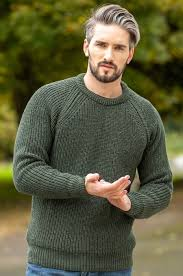What colors make green
You, most likely, don’t think so. Otherwise, on the other hand, you certainly wouldn’t have landed on a page that wants to explain how to make the green color with oil colors, with tempera, with watercolors, and acrylics.
If you are at the beginning of your pictorial journey, however, you still have all the time you want to develop your idiosyncrasy towards one or more colors! To put aside the green, however, would mean drawing a nice cross towards a lot of potential paintings, particularly on landscapes, at least from the point of view of verisimilitude.
How to make green with painting
In this article, we will try to understand how to make the green color, both pure and in its most important variations, in order to always be able to follow your own creative flair.
We tell you right away: creating the perfect green is often a real mess, especially if you are picky. It is no coincidence that the color producers themselves present a lot of different colors. Let’s take, for example, the oil colors, and in this case the precious Rembrandt oil colors of the Extra fine line.
In this case, we have a range of 120 colors, with about twenty different greens: ultramarine green, yellowish-green, light green, medium green, Veronese green, dark green, yellowish phthalo green, bluish phthalo green, emerald green, sèvres green, green cobalt, turquoise green, cinnabar green, blister green, olive green, earth green, chromium oxide green, not to mention all the turquoise blue tending to green.
In short, going green, in itself, means everything and nothing. But we’ll get there: before understanding how to make the color green, let’s spend a quick word on the green in the history of art!
How to make the green color with tempera, oil paints, and watercolors
As anticipated, green is not a primary color. Armed with primary colors in tempera, oil, or watercolors – and obviously also with acrylic colors – it is therefore not difficult, in itself, to obtain a green.
We learned this in school when we studied color theory as children. There are three primary colors, namely red, yellow, and blue (or magenta, yellow and cyan, according to the theory you want to follow) which, if properly mixed, can generate any color.
By mixing one primary color with another it is possible to obtain a secondary color. And the secondary is precisely our green, which is obtained by mixing blue and yellow (the other two secondary colors are orange, the fruit of red and yellow, and purple, the fruit of blue and red).
To have a green, therefore, you must squeeze the tubes of blue and yellow in equal measure, and mix carefully. In this way, you will have a “pure” green. Are you satisfied?
Most likely not. In fact, in your paintings, you will hardly want to use this green, which, if used for example to paint the crown of a tree, will be a bit naive, and this is rarely our goal.
With a little more blue you will get a colder color, while with a yellow top you will have a warmer green. If, on the other hand, you want to change your green without changing its hue, you can lighten it with a hint of white or, on the contrary, darken it with a hint of black.
How to make emerald green
Emerald green is a very bright shade of green, with a distinct undertone of blue. Many paint manufacturers prepare this color themselves, but you may not have it on hand. What if you just wanted to paint an emerald or something that glows the same color?
It is not impossible. You will always need yellow and blue; more precisely, you will have to use three-quarters of yellow color (tempera, oil or so on) and a quarter of cyan color. When you have mixed everything, you may need to add a pinch of white to perfect the color obtained.
How to make the trees green
But maybe you wanted to learn how to make the green in order to get the green of nature, that of meadows and trees. Well, then you will need different shades of green: to paint a realistic field of grass, in fact, you will have to use now a light green, now a darker green, now a more yellowish-green.
But that’s not all. If you take a closer look, you will realize that the green of nature is not so “green”. It is often a green-brown, a green-reddish, starting from the assumption that the background of the plant material always plays on brown, reddish, and blue, and less on the green. Here, therefore, there will be even more to experience!















